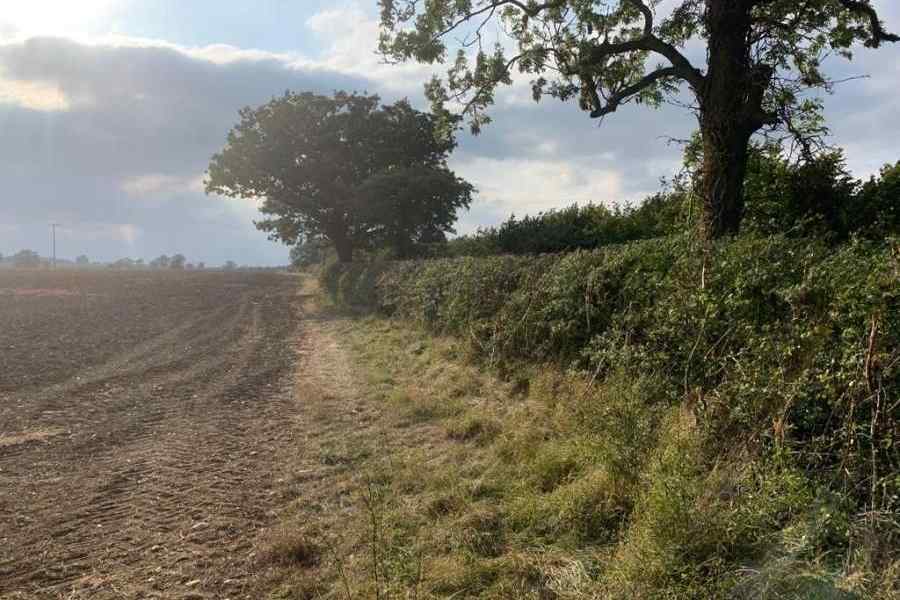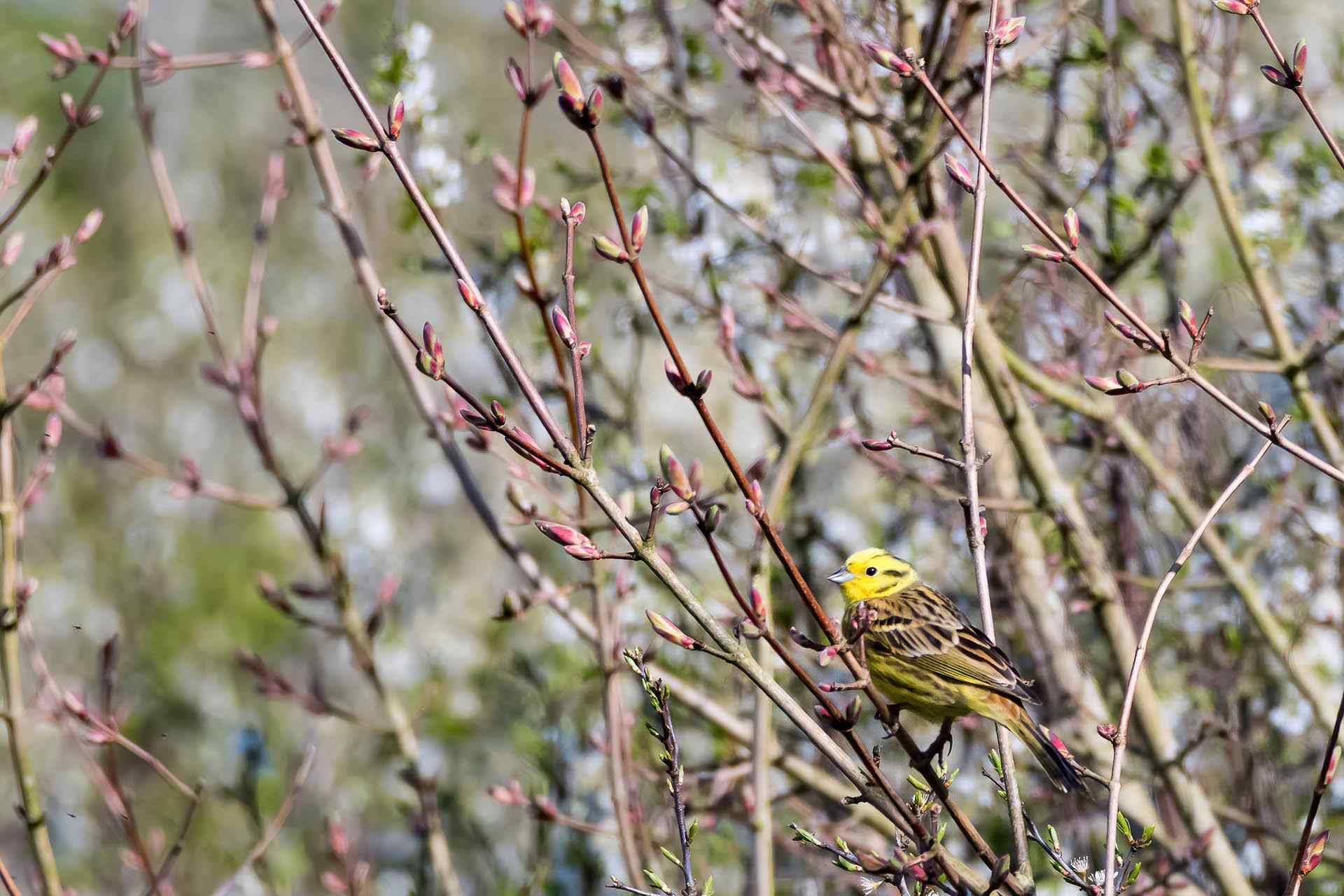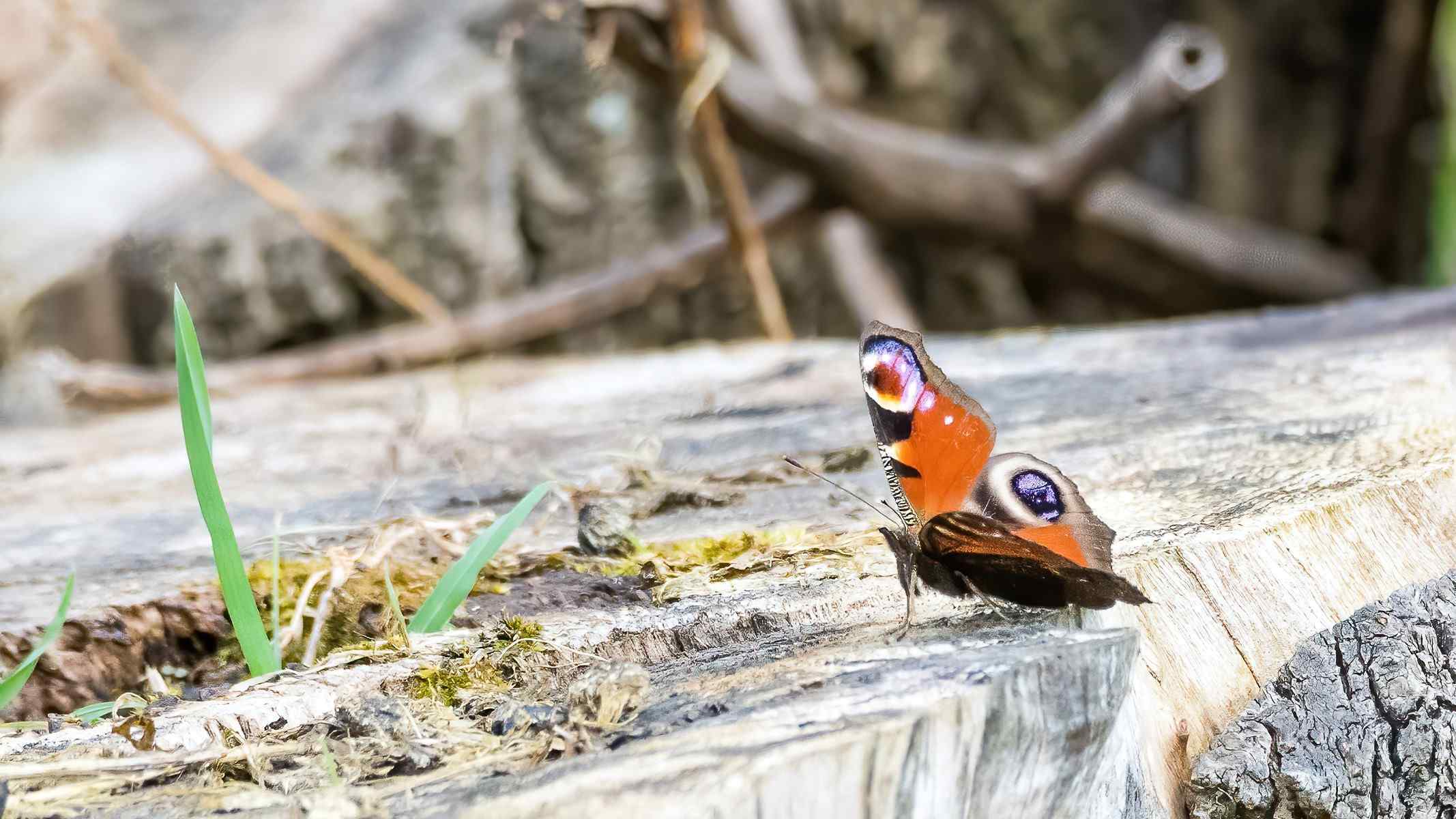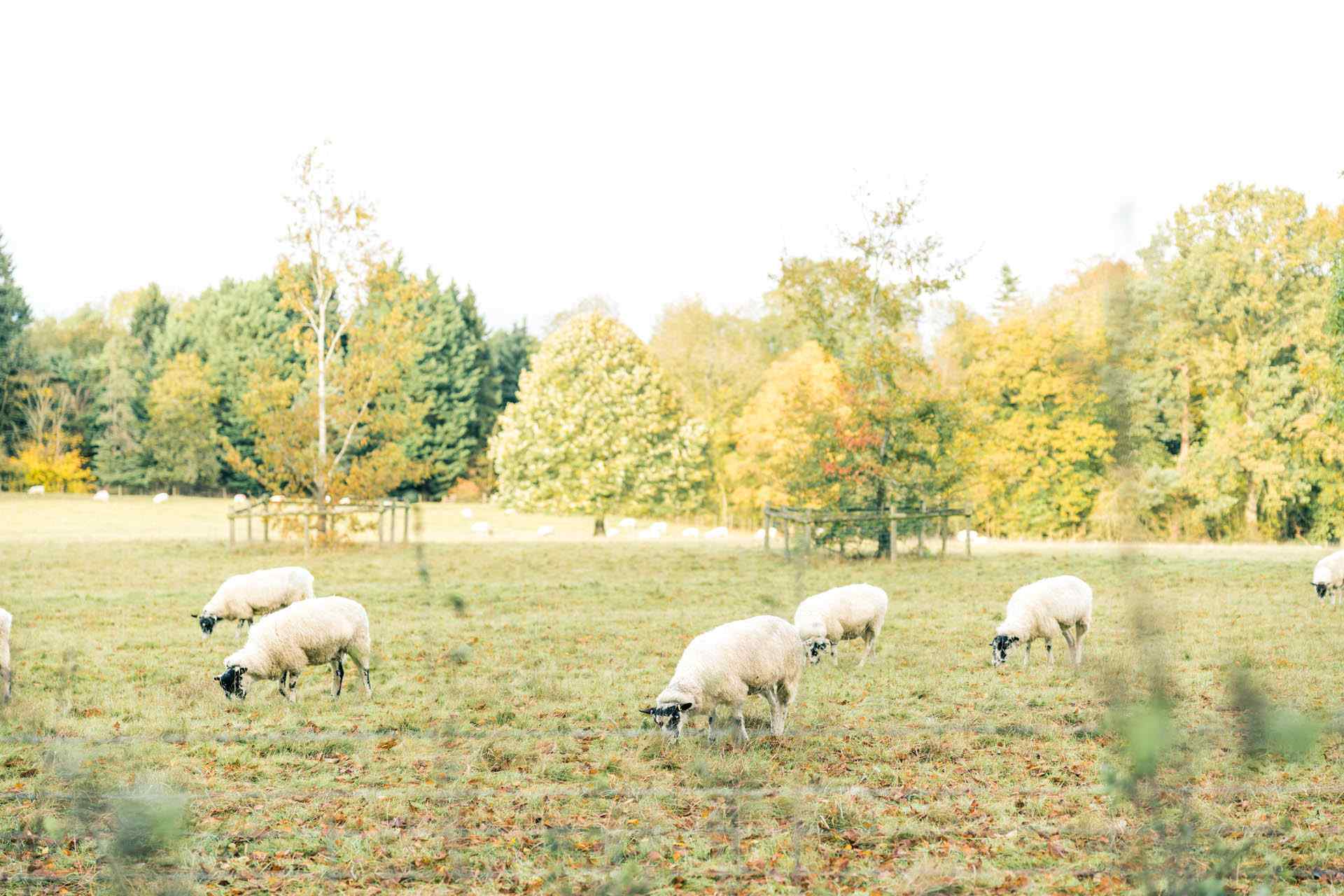Hedgerows are a vital habitat for flora and fauna and provide an excellent food source during the colder winter months, particularly when food for wildlife is in short supply. At Courteenhall, we take a 3-year rotational approach to cutting our hedgerows with the aim of creating good hedgerow bottoms (for ground nesting birds).
In terms of the hedge cutting rotation, we aim to cut one third of the hedges on the farm each year, ensuring that these are scattered across the farm rather than all in one area. By doing this, we ensure that there are hedges at the right stage to suit the full range of wildlife needs across the whole farm.

Our aim is to promote good habitat for nesting, promotion of insects, birds and dormice to name a few.

The larger the hedgerow, the more wildlife it can support. Some butterflies, such as the brown hairstreak, only lay their eggs on new growth; if this is cut off in the autumn, they will not produce any young that year, directly impacting their population.

Hedges are traditionally used to mark boundaries and as a barrier for keeping stock in or out of a field. Today, they are also a very valued resource as wildlife habitats and landscape features.

So why cut them at all? To keep hedges thick and lush, they require an element of management (otherwise they will turn into trees). If left unmanaged for prolonged periods of time, hedges will also encroach onto valuable grazing or cropping land if left to their own devices, which a 3 year management plan helps to control.





